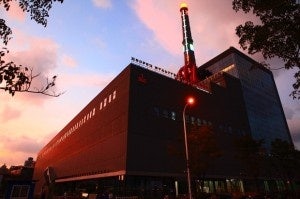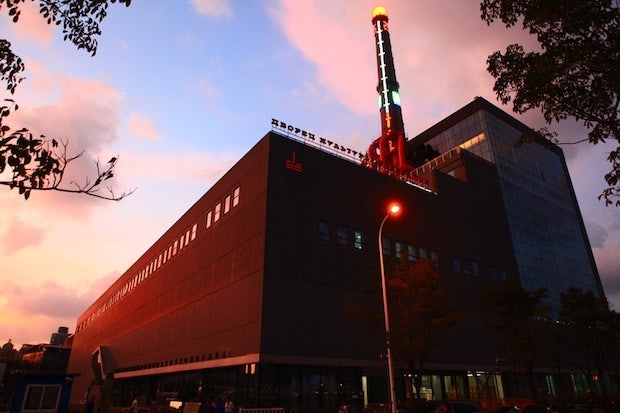Museum Construction Part Of Government Strategy Of “Going Out, Inviting In”#

The blistering pace of new museum construction in China, which has only intensified in recent years, has some asking whether the country's new cultural venues are filling a long-ignored absence or are "too much, too soon." With Shanghai opening two massive new museums at the beginning of this month and Frank Gehry, Zaha Hadid and Jean Nouvel shortlisted to design a mammoth new building for Beijing's National Art Museum of China (Nouvel is said to be the favorite), public museums -- not to mention a slew of private museums, like the soon-to-open Long Art Museum in Shanghai -- continue to proliferate.
But it's not just the number of museums that have sprung up over the past decade that has some eyebrows being raised, it's the speed with which these often sprawling venues open their doors.
As the Globe and Mail notes this week:
China’s rush to build flagship museums of contemporary art makes sense, at a time when the work of artists such as Ai Weiwei, Yue Minjun and Zhang Huan has a global reach. But the building boom – which also landed the world’s largest museum of any kind on Tiananmen Square last year – may be running ahead of China’s ability to run and make sense of such institutions.
“In spite of this museum building boom, there’s not a single place in mainland China where one could go and see the 35-year history of what we refer to as contemporary art in China exhibited in a coherent and systematic way,” says Philip Tinari, the American-born director of the Ullens Center for Contemporary Art, a private gallery in Beijing. “It’s more about the wow and the now.”

Going on, the article addresses a topic that Jing Daily has watched closely in recent months -- the steps being taken in Beijing to compete with the likes of Hong Kong and Singapore as an art free port, steps that could spur mainland Chinese collectors to bring more of their international purchases back home:
Tinari says the Chinese have developed a style of cosmopolitanism that is quite different from that of the Japanese and Koreans in decades past.
“There’s lots of money in China going towards art, but nobody’s buying Impressionist art or Old Masters,” he says. “There’s not this idea that one needs to master that story to be on equal terms.”
That confident attitude has been crimped somewhat by the state’s attitude to international auction sales – until recently not allowed in China – and tax rules on donations and art purchased abroad. China’s huge cadre of the newly rich avoided the tax by stashing their finds in Hong Kong, which operates as a kind of free port.
“You have a lot less international contemporary art, or any art, making its way into mainland China than was the case a few years ago,” Tinari says.
That trend prompted the central government to allow the new Tianzhu free-trade zone in Beijing, where Sotheby’s held its first mainland auction late last month.
So is the museum boom in China simply a natural reversal of years of stagnation, or too much? Read the whole article here.
